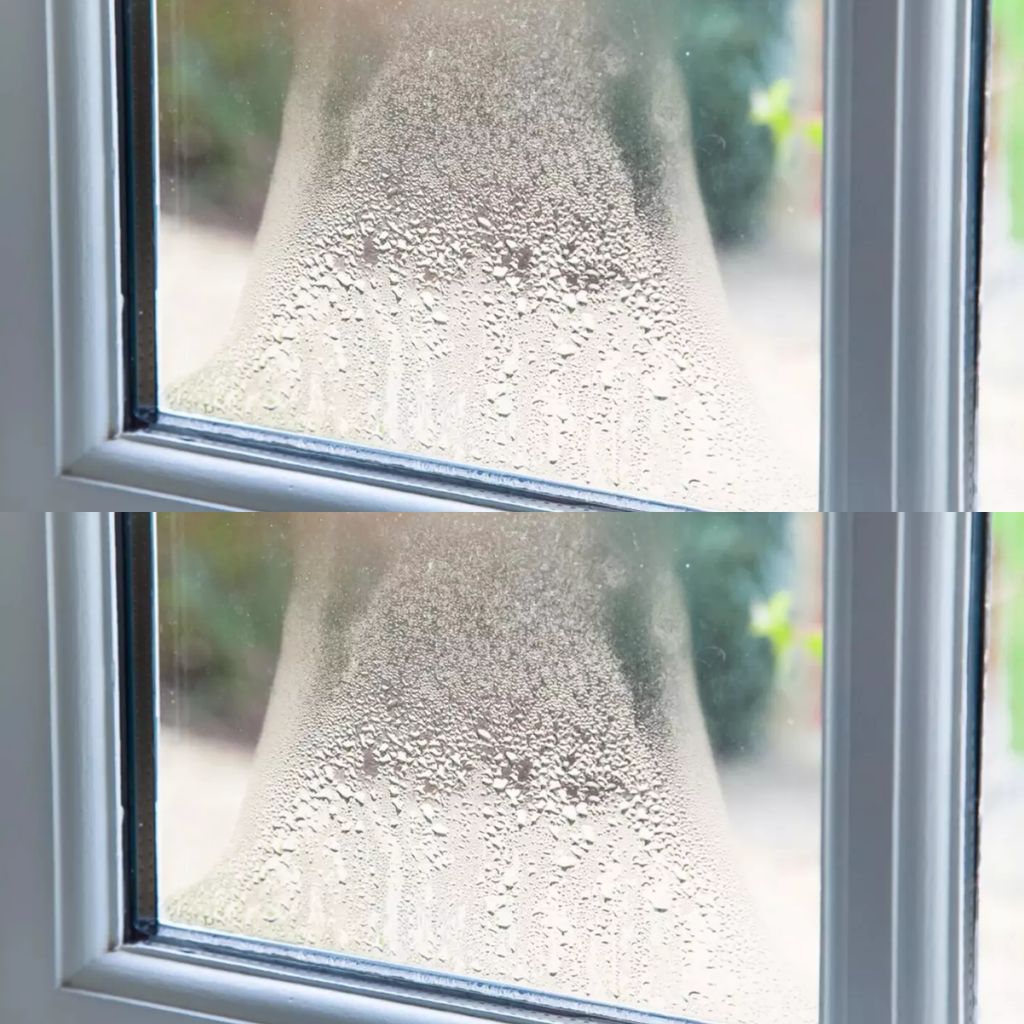ADVERTISEMENT
**How to Prevent Condensation on Windows: Expert Tips That Everyone Can Put Into Practice**
Condensation on windows is a common household problem that occurs when warm, moist air meets the cold surface of a window. While it’s a natural phenomenon, it can cause issues like dampness, mold growth, and damage to window frames over time. The good news is that there are simple and effective ways to prevent condensation and keep your windows clear and dry. Whether you’re dealing with condensation in the winter or the humidity of summer, these expert tips will help you maintain a comfortable and healthy home.
—
### 🌬 **Why Does Condensation Form on Windows?**
Before diving into how to prevent condensation, it’s helpful to understand **why it happens** in the first place. Condensation occurs when warm air, filled with moisture from cooking, bathing, or even breathing, cools down when it comes into contact with colder surfaces like windows. When the air reaches its **dew point**, the moisture turns into water droplets, which collect on the glass.
While condensation can be an inevitable part of life, it doesn’t have to be a problem. Here are some practical strategies that will help you keep your windows clear and dry.
—
### 🏠 **Expert Tips to Prevent Condensation on Windows**
#### **1. Improve Air Circulation in Your Home**
Proper air circulation is one of the most effective ways to prevent moisture buildup on your windows. Without it, humid air gets trapped in your home, increasing the likelihood of condensation.
– **Open windows periodically**: Even in colder weather, it’s important to **ventilate your home**. Open your windows for a few minutes each day to allow fresh air to circulate and reduce the humidity inside.
– **Use ceiling fans or exhaust fans**: Turn on ceiling fans in rooms where condensation tends to build up, like the kitchen or bathroom. Exhaust fans in bathrooms or kitchens help remove excess moisture from the air.
– **Air vents**: Make sure air vents and grilles are open and not obstructed, allowing airflow throughout your home.
#### **2. Control the Humidity Levels**
One of the main causes of condensation is **high humidity**, especially during colder months. To prevent condensation, it’s crucial to keep the humidity levels in check.
– **Use a dehumidifier**: A **dehumidifier** can be a game-changer, especially in areas with high humidity levels. It helps remove excess moisture from the air, reducing the chances of condensation forming on windows.
– **Monitor indoor humidity**: Keep an eye on the humidity levels inside your home. Ideal indoor humidity should be between **30-50%**. You can use a **hygrometer** to measure the humidity and adjust it as needed.
– **Dry clothes outside or in a well-ventilated area**: Avoid drying laundry indoors, as this can significantly raise indoor humidity. If you must dry clothes indoors, ensure the area is well-ventilated, or use a **vented tumble dryer**.
#### **3. Use Window Insulation and Seal Gaps**
